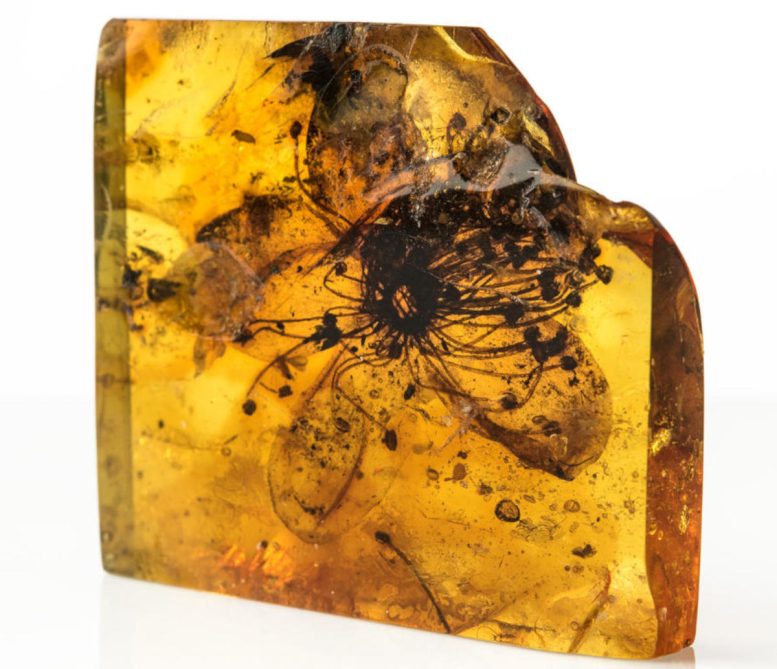
Fossil flower of Symplocos kowalewskii. Credit: Carola Radke, Museum für Naturkunde Berlin
New images of the largest fossilized flower to be discovered in amber have recently been published in the journal Scientific Reports. The flower, measuring 28 millimeters across, is nearly three times larger than other preserved flowers.
The fossilized flower, encased in amber from the Baltic forests of Northern Europe and dating back almost 40 million years, is believed to be from an ancient flowering evergreen plant referred to as Stewartia kowalewskii.
Eva-Maria Sadowski and Christa-Charlotte Hofmann reanalyzed the exceptionally large fossilized flower, which was originally described and named in 1872. The flower is dated to the Late Eocene, from between 38 million to 33.9 million years ago.
The authors extracted pollen from the sample and their analysis suggests that the flower is closely related to the Asian species of Symplocos. The authors propose a new name for the flower of Symplocos kowalewskii.
The authors suggest that the rare size of S. kowalewskii is likely from a large resin outpouring that would have encased the flower. The properties of the resin would have helped to prevent organisms from growing on the flower and causing damage, they add.
Reference: “The largest amber-preserved flower revisited” by Eva-Maria Sadowski and Christa-Charlotte Hofmann, 12 January 2023, Scientific Reports.
DOI: 10.1038/s41598-022-24549-z

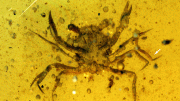
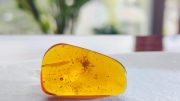
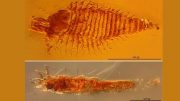

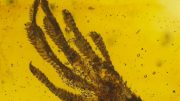
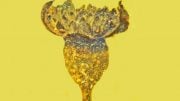
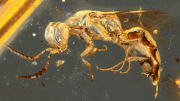

Be the first to comment on "33 Million Years Old: The Largest Flower Preserved in Amber"